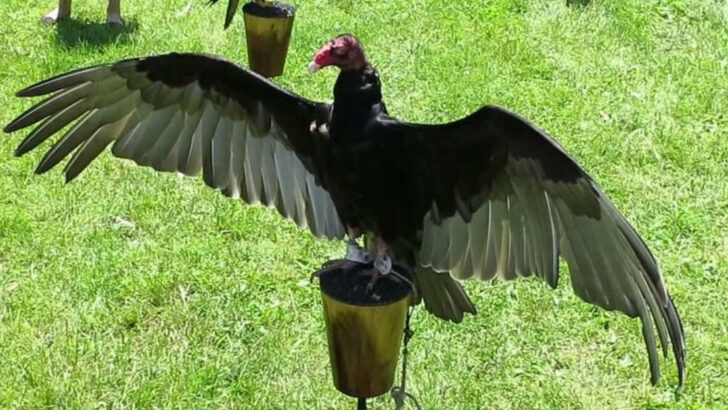In the Victorian era, pets weren’t always the fluffy companions we picture today. During this time, people had some truly unique—and often bizarre—animals as household pets. From exotic creatures to animals that you’d never expect to see in a home, the Victorians were known for their love of the unusual when it came to companionship. It wasn’t just cats and dogs, but creatures that could easily make you raise an eyebrow.
While some of these pets may seem strange to us now, back then, they were a symbol of wealth, status, and sometimes just an eccentric taste for the unusual. Whether they were kept for show, curiosity, or sheer novelty, these animals sparked fascination in their time. Let’s take a look at 20 of the weirdest and most unexpected pets from the Victorian era that were, in some ways, even more bizarre than fiction itself.
Pip the Pig
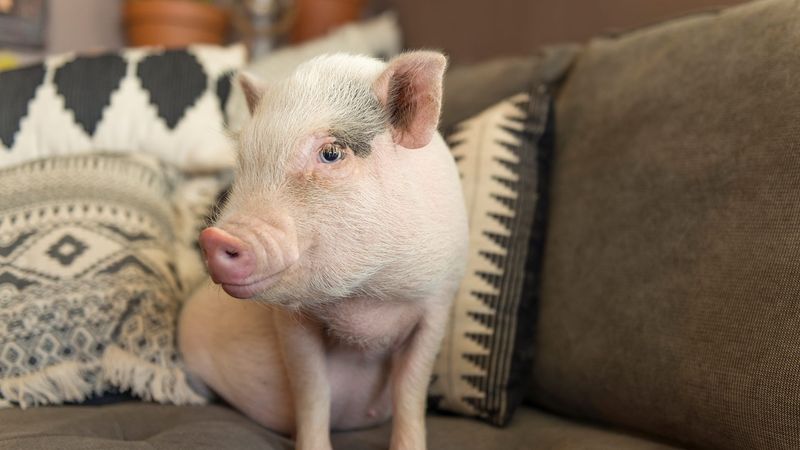
Pip, a charming pot-bellied pig, strutted around Victorian parlors as a beloved pet. In an age fascinated by the peculiar, pigs like Pip were more than livestock; they were companions. Victorians adored their intelligence and trainability, often dressing them in collars and ribbons.
Pip’s antics entertained guests and family alike, making him quite the conversation starter. His presence in the home blurred the line between farm animals and pets, highlighting the era’s experimental approach to companionship. While unusual, pigs like Pip showed the Victorians’ willingness to embrace the unconventional.
Florence the Fox
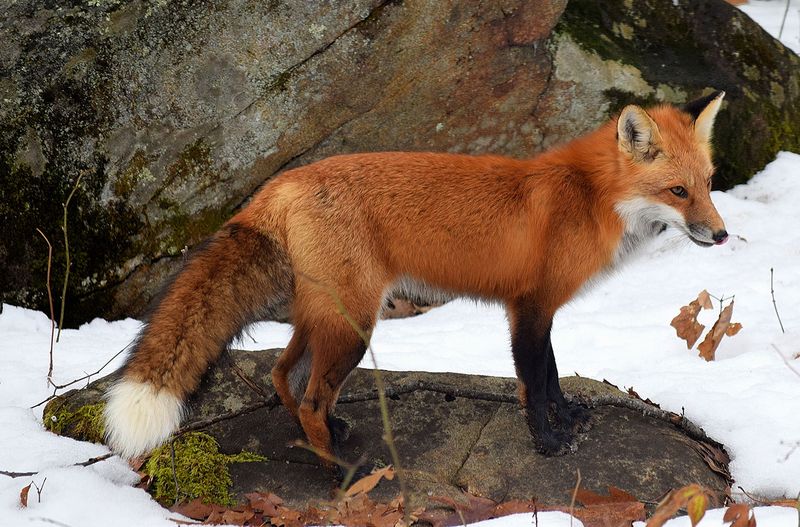
Florence, a red fox, was a curious addition to the Victorian household. Known for their cunning nature, foxes were both admired and feared. Florence, however, charmed her owners with playful demeanor and striking beauty.
Victorians often kept foxes in gardens, where their wild instincts could be observed. Florence’s antics delighted visitors, providing a glimpse into the untamed world within a domestic setting. Keeping a fox was an adventurous choice, reflecting the era’s fascination with exoticism and the natural world. Florence was both a pet and a symbol of untamed elegance.
Oscar the Ostrich
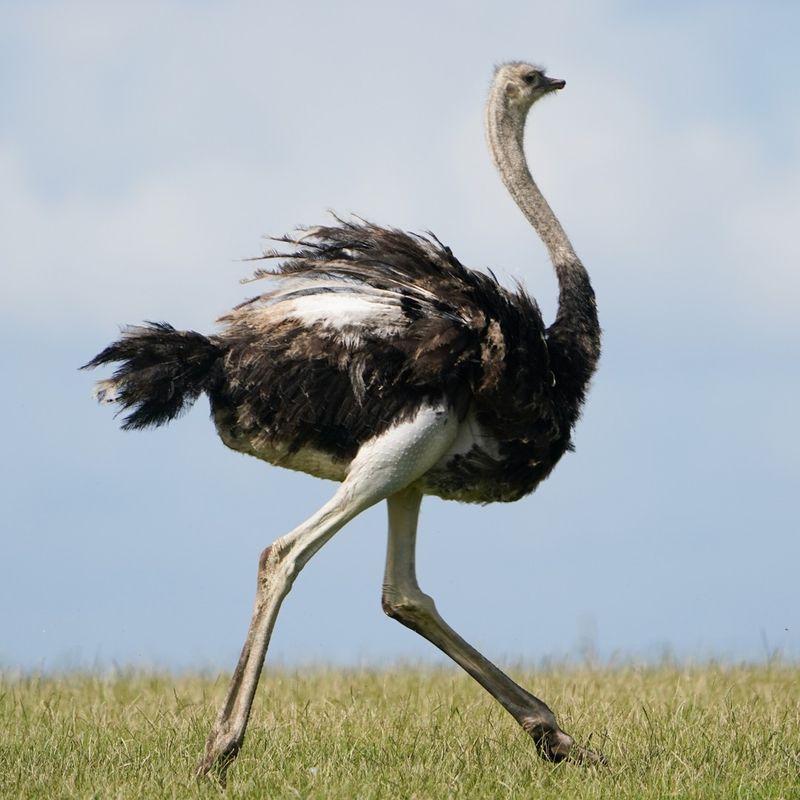
Oscar, the ostrich, was an extraordinary sight in the Victorian era. Standing tall and proud, he roamed courtyards, a testament to the Victorians’ love for the exotic. Ostriches like Oscar were status symbols, their towering presence and unique features captivating all who saw them.
Despite their size, they were considered manageable pets, their docile nature surprising many. Oscar’s presence at social gatherings added an element of the extraordinary, a living spectacle that entertained and amazed guests. Such pets highlighted the Victorians’ daring nature and their desire to push boundaries in pet ownership.
Lulu the Lemur
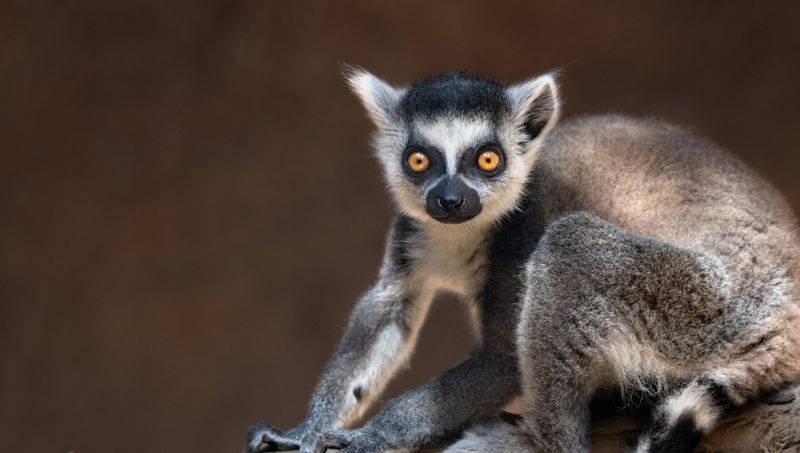
Lulu, a ring-tailed lemur, brought a touch of the exotic to Victorian homes. With her striking tail and curious eyes, she was a living embodiment of the era’s fascination with the unusual. Lemurs like Lulu were sought after for their playful nature and unique appearance.
Often kept indoors, they were curious companions, exploring and interacting with their environment. Lulu’s inquisitive behavior and distinctive look made her a favorite among children and adults alike. Her presence in the home was both entertaining and educational, offering insights into a world far removed from the Victorian everyday.
Bertie the Bear Cub
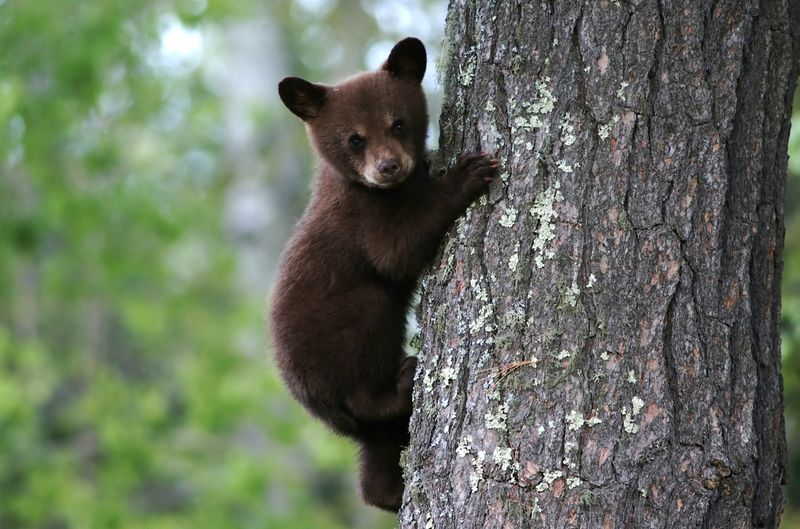
Bertie, a bear cub, was a surprising yet not unheard-of member of the Victorian pet menagerie. These cuddly creatures appealed to the Victorian love for novelty and adventure. Bertie would have been a playful addition, albeit one requiring careful handling as he grew.
Bear cubs were often seen as cuddly curiosities, their playful antics drawing laughter and awe. As Bertie grew, he symbolized the Victorians’ boldness in pet selection, a mix of curiosity and daring. Though not practical, having a bear cub like Bertie was a testament to the era’s unique approach to animal companionship.
Gerty the Giant Tortoise
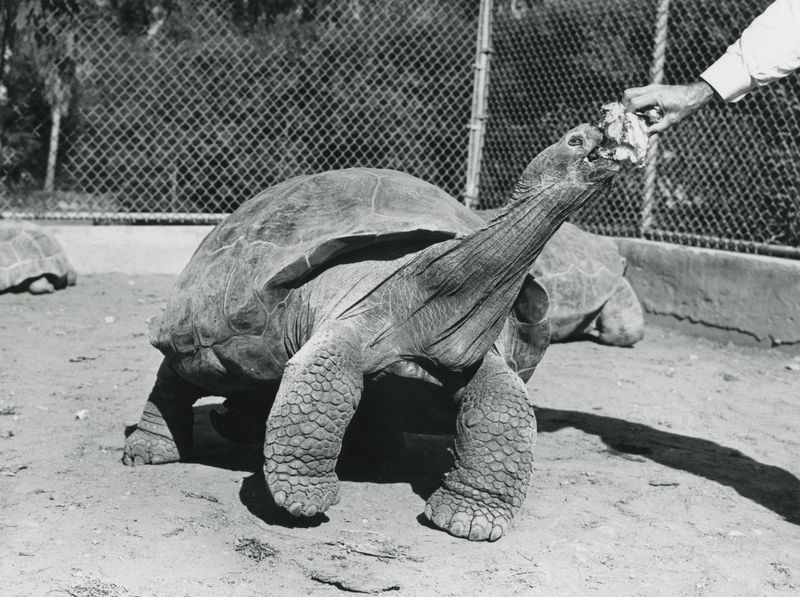
Gerty, the giant tortoise, was a living relic in the Victorian garden. Her slow, ponderous movements fascinated onlookers, offering a tangible link to the ancient past. Tortoises like Gerty were prized for their longevity and docile nature, often becoming family mascots.
Their hardiness made them ideal pets, as they required minimal care compared to more demanding creatures. Gerty’s presence was both calming and intriguing, a steady and unassuming part of the household. To own a tortoise like Gerty was to possess a living piece of history, a testament to the Victorians’ appreciation for nature’s wonders.
Tilly the Toad
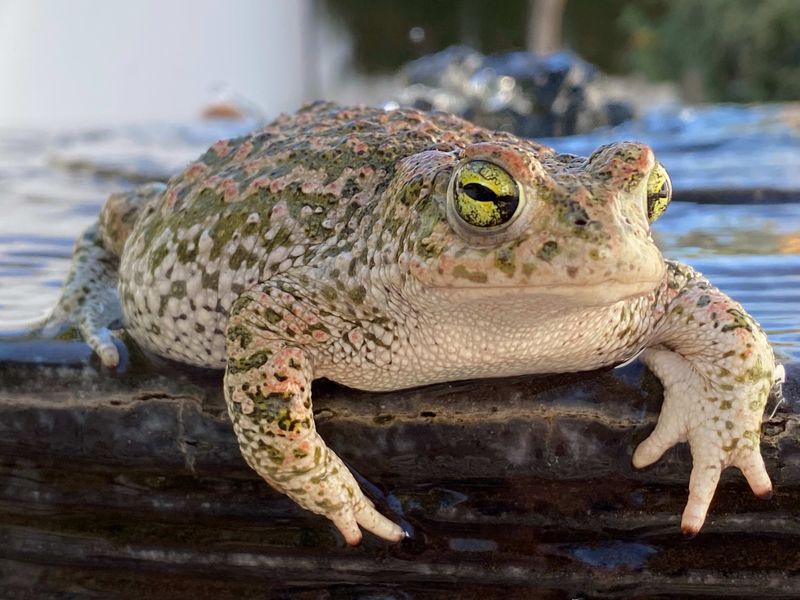
Tilly, the toad, was a peculiar yet cherished pet in the Victorian era. Living in garden ponds, toads like Tilly provided endless fascination with their warty skin and melodic croaks. Their presence added an element of the wild to Victorian landscapes.
Tilly’s life in the pond was a source of entertainment and education, her nocturnal concerts enchanting those who listened. Victorians valued such pets for their minimal care requirements and role in controlling garden pests. Tilly’s existence in the garden symbolized the era’s appreciation for nature’s oddities, blending beauty and practicality in pet ownership.
Percy the Peacock
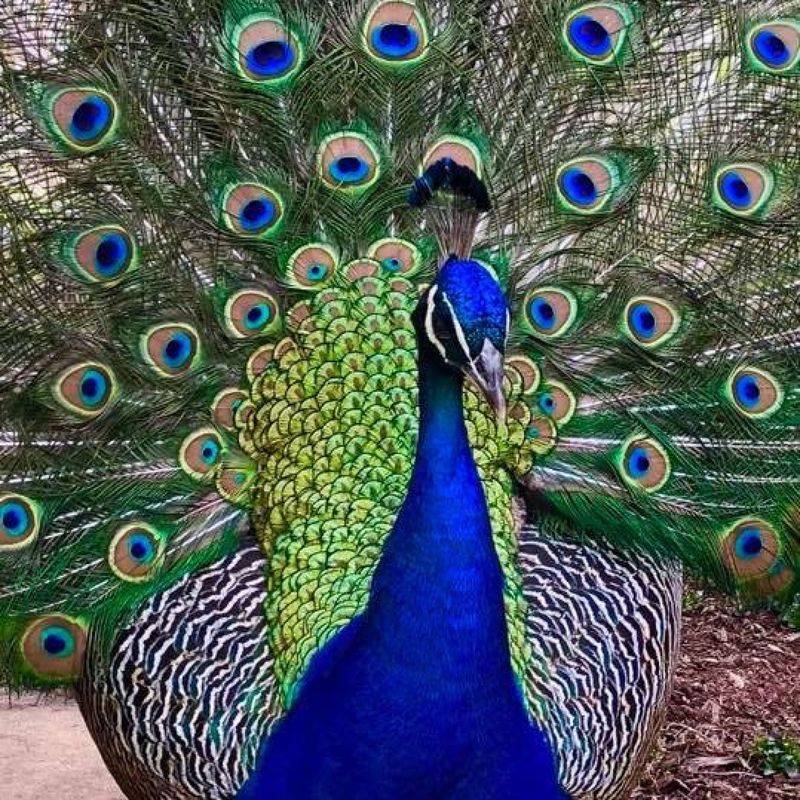
Percy, the peacock, was a magnificent addition to any Victorian garden. His extravagant plumage and regal bearing made him a symbol of beauty and elegance. Peacocks like Percy were sought after for their striking appearance and natural grace.
Their presence elevated the aesthetic of Victorian landscapes, providing a living work of art for all to admire. Percy’s majestic displays captivated visitors, creating a spectacle of color and movement. To own a peacock was to embrace the theatrical and the grand, embodying the Victorian penchant for opulence and splendor in both home and garden.
Harriet the Hedgehog
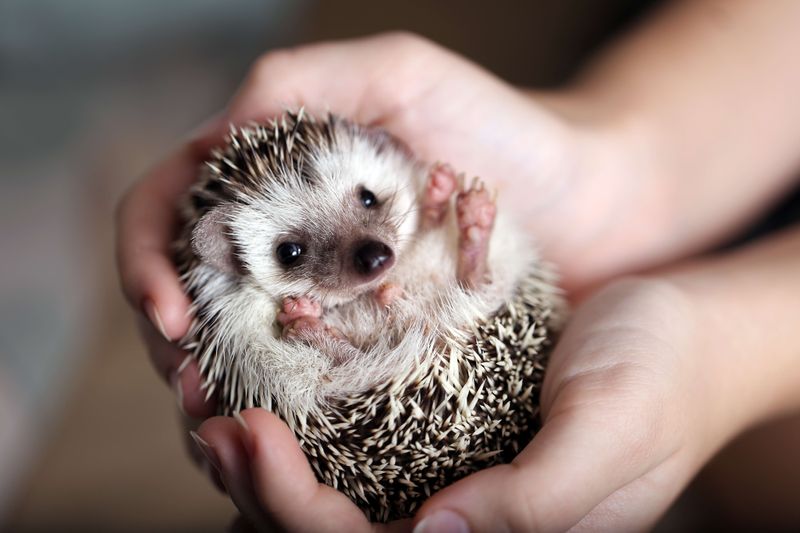
Harriet, the hedgehog, was a charming and unusual Victorian pet. With her spiky appearance, she captivated the imagination of those who encountered her. Hedgehogs like Harriet were appreciated for their cuteness and low maintenance.
They made ideal companions for those with smaller living spaces, their nocturnal habits fitting well with the Victorian lifestyle. Harriet’s presence was both endearing and practical, as she helped control household pests. Her curious nature and unique look made her a delightful addition to the home, a testament to the Victorians’ love for the quirky and the quaint in their pets.
Simon the Serval
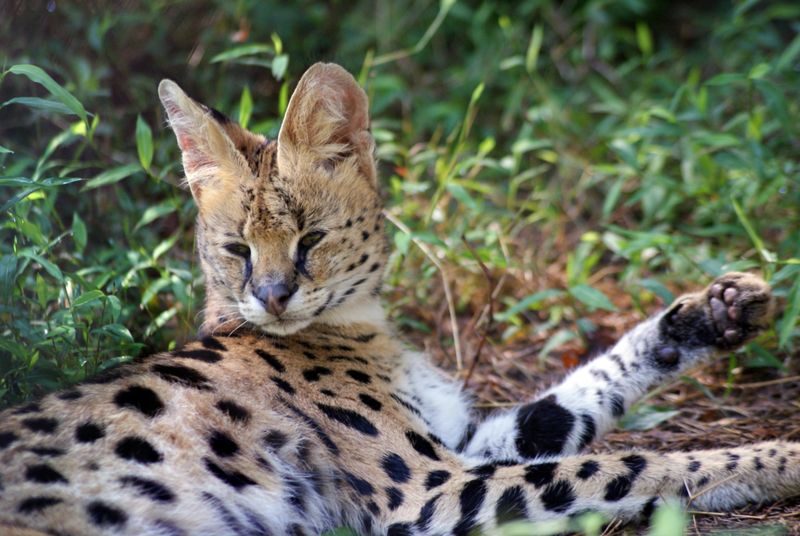
Simon, the serval, was an exotic addition to the Victorian home. With his slender body and striking ears, he was a living embodiment of the wild. Servals like Simon were admired for their beauty and grace, often kept by those fascinated with the exotic.
Their presence in the home offered a glimpse into the untamed world, a living reminder of far-off lands. Simon’s agile movements and intense gaze captivated those around him, adding an element of mystery and allure. To own a serval was to embrace the exotic and the extraordinary, reflecting the era’s adventurous spirit in pet ownership.
Alice the Alligator
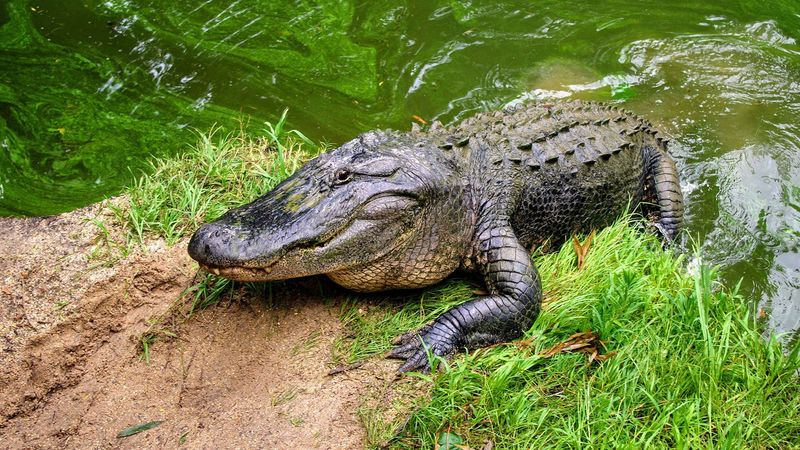
Alice, the alligator, was an audacious choice for a Victorian pet. Her reptilian allure and formidable presence made her a conversation piece in any household. Alligators like Alice were kept by those daring enough to embrace the unusual.
Her presence required careful handling and space, yet offered a thrilling experience for those interested in the exotic. Alice’s life in the home was a testament to the Victorian desire to push boundaries and explore the unknown. She was both a pet and a spectacle, reflecting the era’s bold approach to incorporating wild nature into everyday life.
Charlie the Chimpanzee
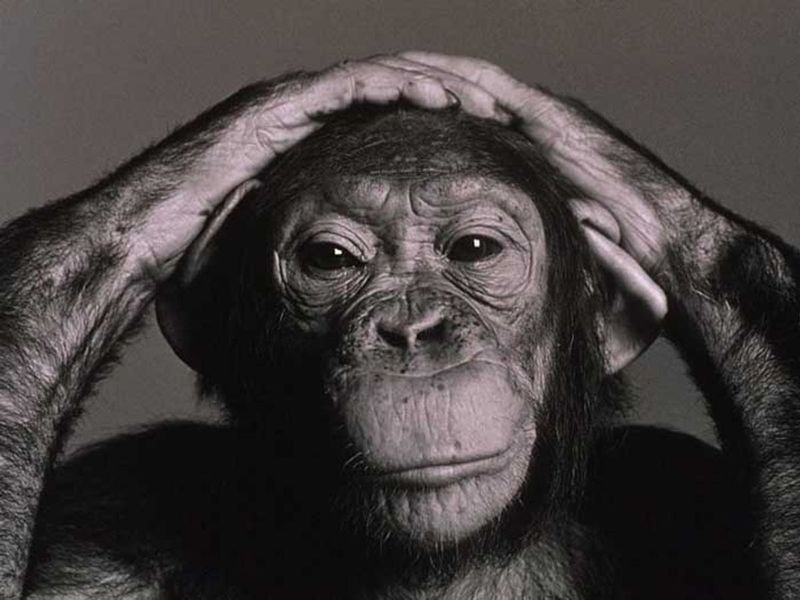
Charlie, the chimpanzee, was a lively and intelligent Victorian pet. His human-like behavior and expressive face made him a fascinating companion. Chimpanzees like Charlie were cherished for their playfulness and ability to mimic human actions.
Often dressed in clothes and included in social activities, Charlie blurred the line between human and animal. His antics entertained and delighted onlookers, providing a unique glimpse into the animal kingdom. Owning a chimpanzee was both a challenge and a delight, symbolizing the Victorians’ quest for novelty and their fascination with the blurred boundaries of nature and society.
Penelope the Parrot
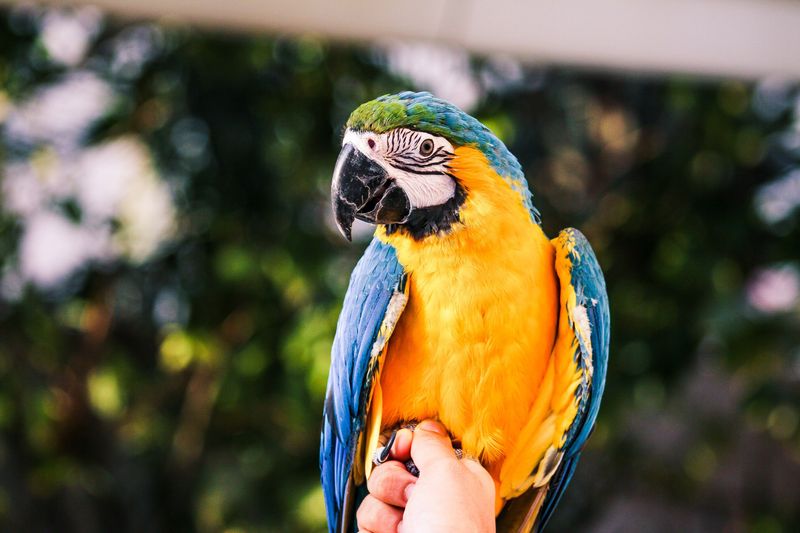
Penelope, the parrot, was a vocal and vibrant Victorian pet. Known for her ability to mimic speech, she quickly became a household favorite. Parrots like Penelope were prized for their intelligence and colorful plumage, adding life and sound to the home.
Her lively chatter entertained family and guests, providing endless amusement and companionship. Penelope’s presence was both entertaining and interactive, bridging the gap between human and animal communication. To own a parrot was to embrace a pet that was both beautiful and engaging, reflecting the Victorian desire for lively and interactive companionship in their homes.
Ernest the Echidna
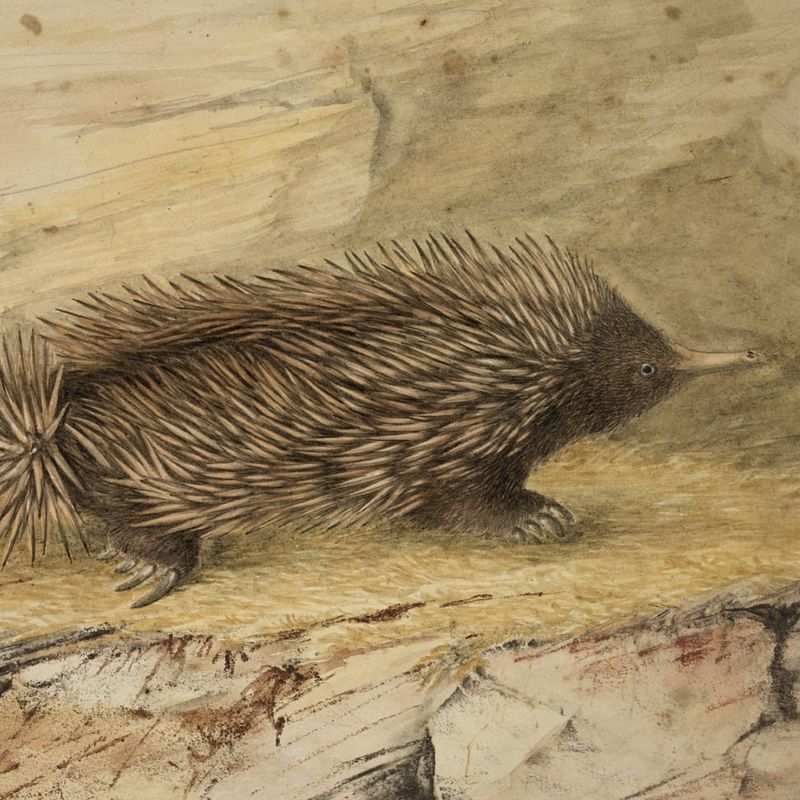
Ernest, the echidna, was an exotic and intriguing addition to the Victorian pet collection. With his spiny appearance and unique biology, he captivated the curiosity of those who saw him. Echidnas like Ernest were valued for their novelty and low maintenance.
His presence in the home offered a living lesson in zoology, fascinating both young and old. Ernest’s gentle nature and intriguing habits provided endless curiosity and conversation. To own an echidna was to embrace the unusual and the educational, a symbol of the Victorian fascination with the wonders of the natural world and its peculiar creatures.
Nancy the Newt
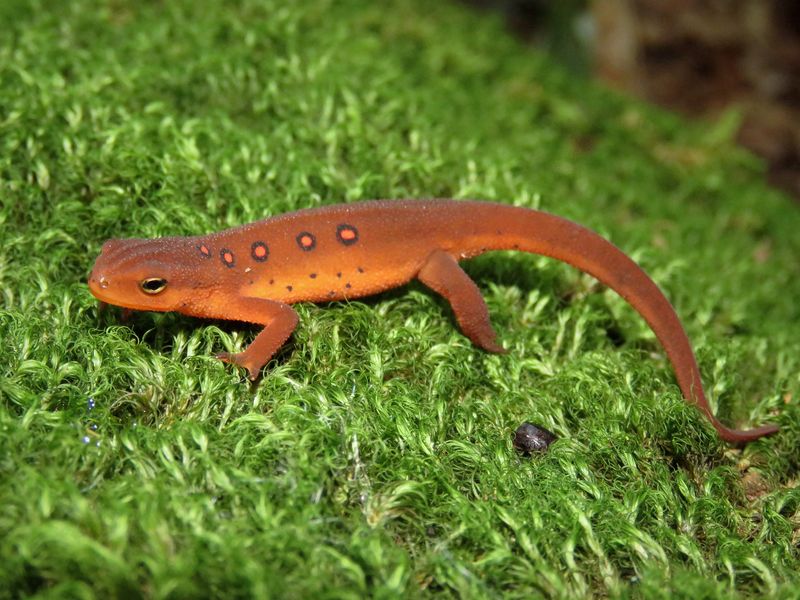
Nancy, the newt, was a small but captivating Victorian pet. Her vibrant orange skin and aquatic life made her a fascinating addition to home aquariums. Newts like Nancy were appreciated for their beauty and ease of care.
Her presence brought the mysteries of the aquatic world into the Victorian home, offering a window into the life underwater. Nancy’s graceful movements and bright colors provided endless fascination, making her a living piece of art. To own a newt was to embrace both the serene and the strange, reflecting the Victorian era’s interest in diverse forms of life.
Victor the Vulture
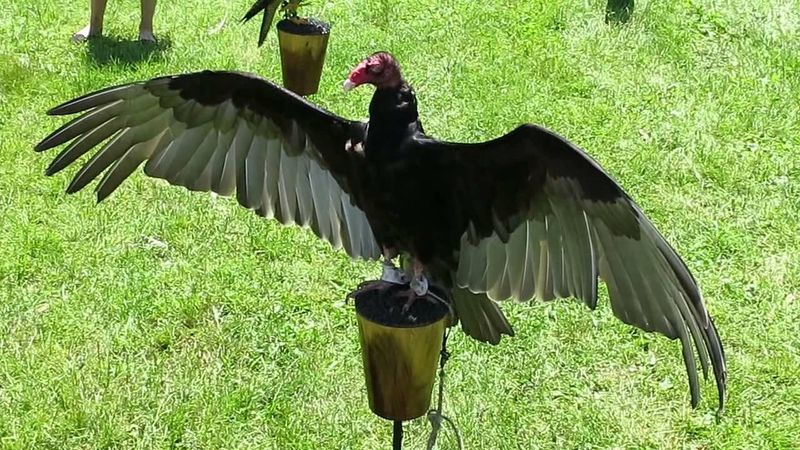
Victor, the vulture, was an unexpected yet intriguing Victorian pet. Known for their scavenging habits, vultures like Victor were both feared and admired. His striking appearance and behavior provided a unique conversation starter.
Victor’s presence in the home challenged perceptions of beauty and utility, reflecting the Victorian willingness to explore unconventional animal relationships. His role in cleaning up waste was both practical and symbolic of nature’s balance. Owning a vulture was a bold statement, highlighting the era’s openness to diverse and unusual forms of animal companionship.
Ruth the Raccoon
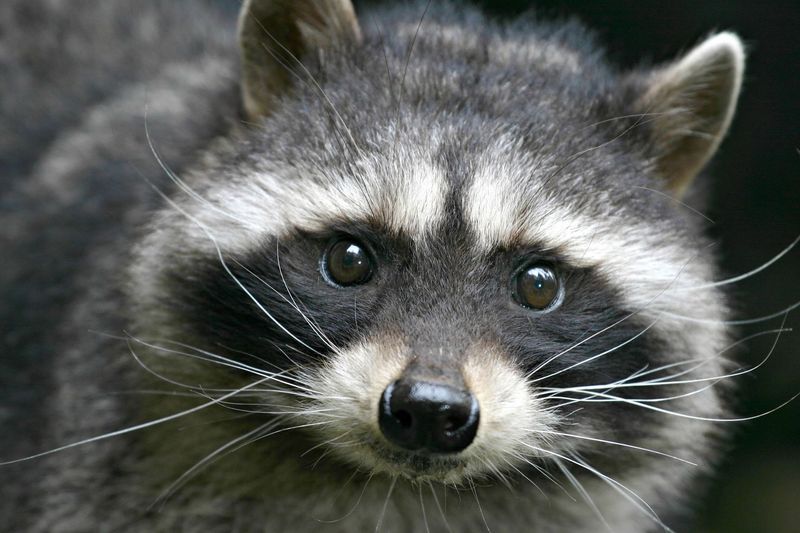
Ruth, the raccoon, was a playful and mischievous Victorian pet. Her masked face and dexterous paws made her a source of endless amusement. Raccoons like Ruth were valued for their intelligence and inquisitive nature.
Her antics and playful behavior provided entertainment and laughter, though they required careful supervision. To own a raccoon was to embrace the playful and the unpredictable, reflecting the Victorian love for novelty and liveliness in their pets. Ruth’s presence in the home added an element of chaos and charm, embodying the era’s adventurous and open-minded approach to animal companionship.
Freddie the Ferret
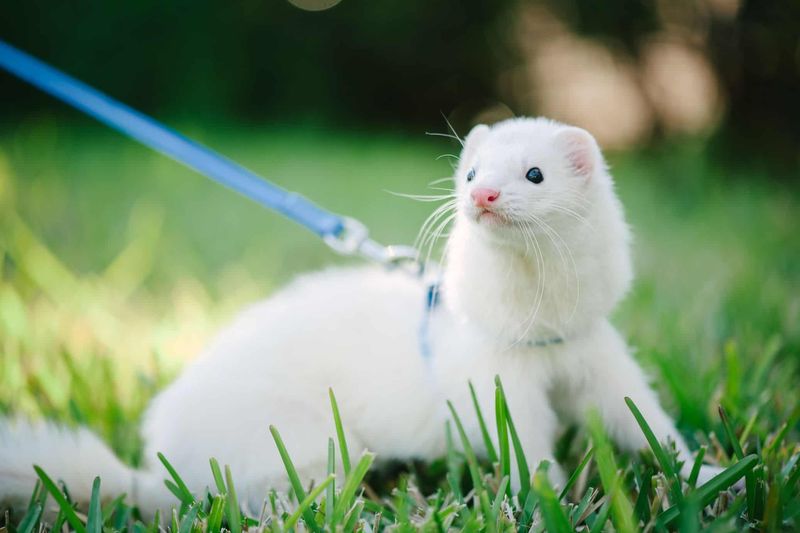
Freddie, the ferret, was a lively and curious Victorian pet. Known for their playful nature, ferrets like Freddie brought joy and energy to any household. Their slender bodies and inquisitive behavior made them fascinating companions.
Freddie’s antics, from exploring nooks to playful chases, provided endless entertainment. Owning a ferret required patience and a sense of humor, as their curiosity often led to mischief. To keep a ferret was to embrace the energetic and the playful, reflecting the Victorian delight in dynamic and engaging pet relationships. Freddie was both a pet and a source of daily amusement.
Sophie the Skunk
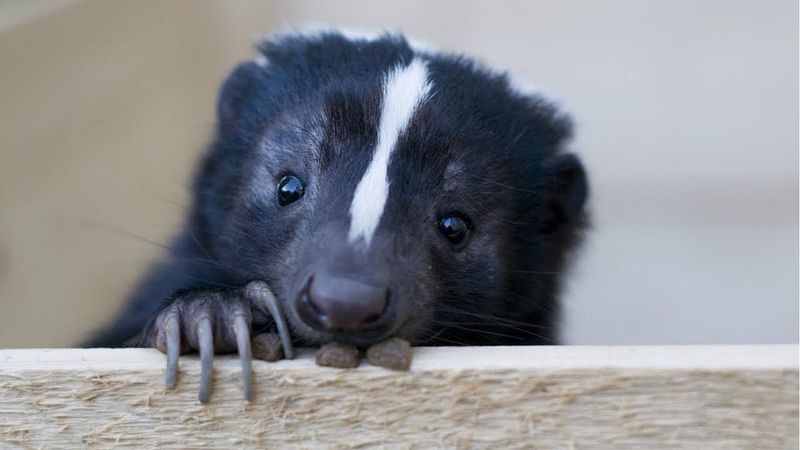
Sophie, the skunk, was an unconventional yet surprisingly endearing Victorian pet. Known for their distinct appearance and potential odor, skunks like Sophie were kept by those daring enough to defy conventional tastes.
With careful handling and descenting, Sophie became a charming addition to the home. Her playful nature and striking looks provided endless fascination and conversation. To own a skunk was to embrace the unusual and the misunderstood, highlighting the Victorian willingness to explore diverse forms of companionship. Sophie’s presence was both daring and delightful, challenging perceptions of beauty and pet potential.
Gus the Goat
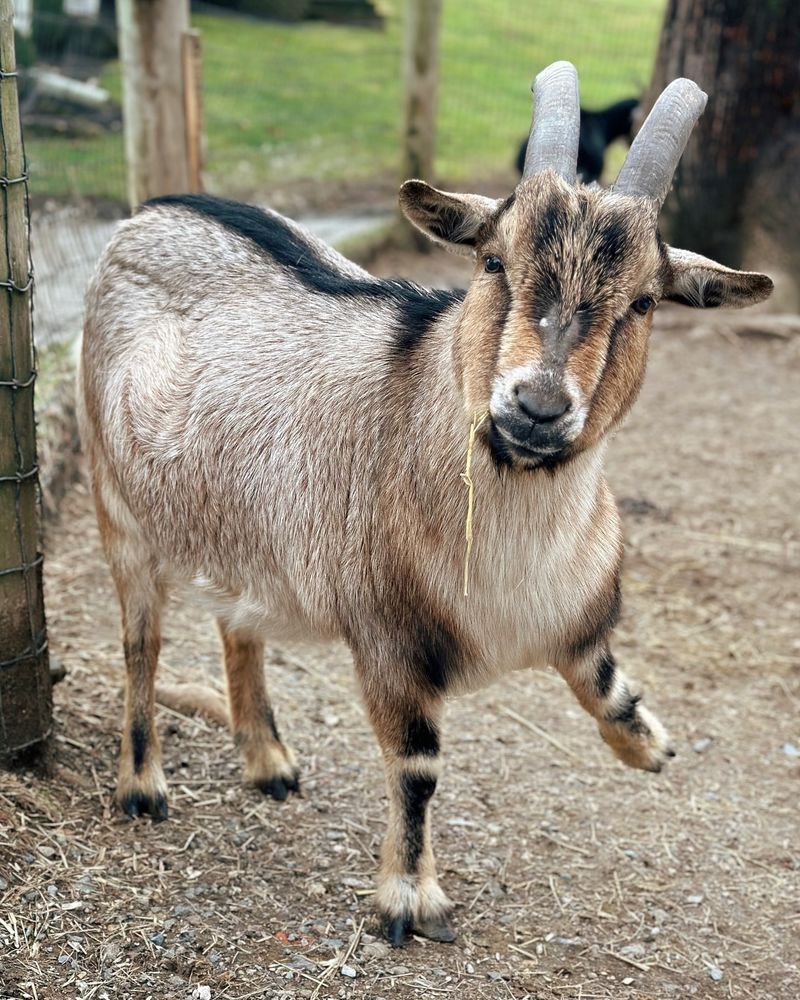
Gus, the goat, was a practical and charming Victorian pet. Known for their hardiness and playful antics, goats like Gus were both useful and entertaining. His presence in the garden helped maintain lawns, while his antics provided amusement.
Victorians appreciated goats for their versatility and low maintenance, making them ideal companions in both town and country. Gus was both a pet and a helper, embodying the practical yet whimsical approach to pet ownership of the time. His presence was both functional and fun, reflecting the Victorian love for combining utility with companionship in their animal relationships.

